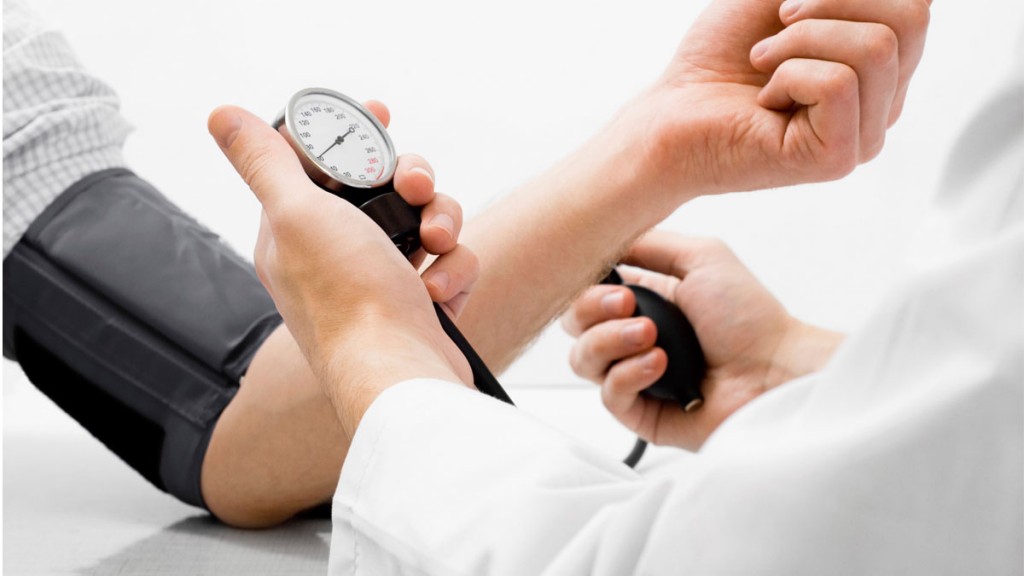How does very low body fat affect you?

Months prior to a bodybuilding competition, male bodybuilders generally aspire to cut body fat as low as 3 to 4% body fat for that shredded appearance, while their female counterparts go as low as 8-9% for that stunning, skinny physique. This has led many to consider that their levels of body fat must fall between the same percentages as bodybuilders.
Is this healthy?
The straight answer is “No”. Insufficient body fat can be as bad as having it in large amounts. It’s true. Starving yourself for a bikini-ready summer body or over exercising for six-pack abs previous to spring break can be as detrimental as being obese. In reality, being lean or finally getting that flat belly you’ve seen on Instagram doesn’t essentially indicate that you’re taking proper care of your body.
Lack of energy! Feeling down! Dejected! Are you noting a pattern? However all of these responses are unreliable, correct? If you’re hunting for solid information and conventional research observations whether it’s healthy or not to drop your body fat to single digits, just go on reading!
In this article, you’re aimed at find out that body fat is not as hazardous as you feel it is; the perfect body fat levels, and more research-supported information on why you must never seek for an awfully low body fat.
Having Low Body Fat Is Damaging and Unsustainable
Many are susceptible to presume that body fat is either good or bad for you. But it’s more intricate than that. Although research hold up the idea that individuals with high body fat levels are more expected to build up cardiovascular disorders and metabolic syndrome, body fat levels that are too short are not essentially good for you either. The reality is that there’s a lot more in case of body fat than meets the eye.
Essential vs. Storage Fat: What’s the Difference?
To begin with, let me tell you that there are two major types of body fat: essential fat as well as storage fat.
As its name states, essential fat plays a crucial role in maintaining your overall health and cellular processes. And the essential fat is depicted as, “…the fat that gets deposited in heart, lungs, intestines, liver, kidneys, spleen, muscles, and lipid-rich tissues of the CNS and bone marrow.”
As metabolic fuel, essential fat ensures that you have adequate energy reserves and it assists to preserve body heat when required. In addition, it shields your internal organs as well as the joints from injury, acting as a soft, feathery cushion.
As chemical messengers, they help to make sure that bodily processes such as growth and development, metabolism, as well as immune functions are going as efficiently as planned. At last, essential fat plays a key role in a female’s reproductive capabilities.
The usual bodily functions go disorganized if the levels of essential fat fall below the suggested minimum level of 5% in males and below 15% in females. Females enclose high ranges of the essential body fat on account of childbearing and reproductive necessities.
Meanwhile, non-essential or storage fat is amassed body fat for energy reservoirs; or the fats that you detect in your body.
What do you mean by Body Fat Percentage?
Put it in simple language, body fat is the quantity of fat you have in your body, exclusive of your fat-free mass (or lean body mass). Your fat-free mass is constituted with your bones, muscles, body water as well as the body organs.
Your body fat percentage (also called percent body fat) reveals how much of your weight is fabricated with body fat. It can be calculated by dividing the weight of your body fat mass by your total weight.
The American College of Sports Medicine (ACSM) accepts a range of 10 to 22% in males as well as 20 to 32% in females in order to lower the health risks related to being under-fat or over-fat. These ranges remain centred on the suggestion that the average percent body fat for females is about 23% whereas, males remain hooked at 15%.
How Certain Body Fat Percentages Appear in Males and Females!
Prior to going through the drawbacks of seriously low body fat, let’s take a look at the following 5 body fat percentage ranges in both males as well as females.
Obese: >25% (Males); >32% (Females)
Males and females who come under this body fat percentage class are said to be overweight or obese and more expected to have rounder body shapes. Too much fat will be present in the whole body – usually concentrated in the abdominal areas, hips as well as thighs.
People within this range of body fat percentage include an enhanced threat of developing metabolic or heart disorder. Also, obesity is associated with reduced sense of worth plus low energy levels.
Overfat: 20-25% (Males); 28-32% (Females)
Males and females who fall in this body fat percentage class may not have as much excess body weight as those in the overweight class of people but still have an excessive body fat.
Whereas it is a fact that a few individuals in the over-fat class will be overweight, it’s also likely to have an average or usual body weight but contain an excess of body fat. This is also termed as skinny fat or sarcopenic obesity.
Like their obese counterparts, potential issues may comprise of low energy levels, reduced self-esteem owing to physical appearance, greater risk of metabolic syndrome as well as heart problems, and a brief life expectancy. People with skinny fat are also predominantly susceptible to health issues as they contain analogous body compositions as individuals who are obese, but may include very small number of visual indicators that warns them of their health risks.
Average Fitness: 15-20% (Males); 23-28% (Females)
Males falling under this body fat percentage class are often illustrated as fairly lean and fit. Whilst muscle definition might not be evident, outlines and striations might become visible to some extent.
For females, this class is neither slim nor obese. With a high percentage of body fat in the region of thighs and buttocks, curves start to form in the hips.
You can find out more about the diverse body fat percentage ranges & how to set a body composition objective that remains correct for you.
The Takeaway Message: Going Ahead of the Body Fat Percentage
Even though your body fat percentage is a noteworthy and valuable metric, depending over it alone won’t deliver you answers or solutions that might improve your overall health and fitness.
You will require additional specific values than your body fat percentage and weight including your skeletal muscle mass, segmental lean examination and even your visceral fat. This will not only assist you in sustaining a healthy body fat percentage corresponding to a healthy weight, but may also aid you in figuring out if you have muscle discrepancies, decreased muscle mass, or are not consuming an adequate amount.

Your body is a composite system of definite elements functioning together. Imagine body fat percentage as simply a single tree in a large forest. It’s vital to acquire as much information as possible in relation to the health of the whole forest and not just for one particular tree.



